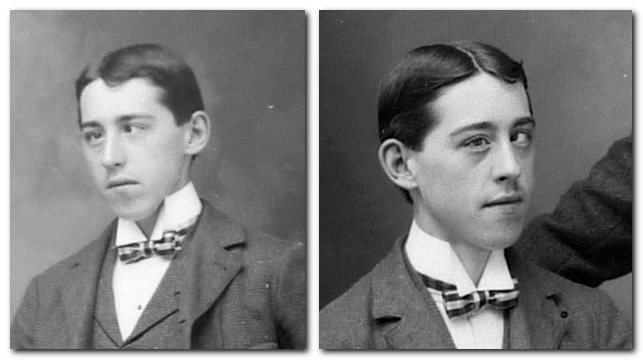|
There are
two basic types of glass plate negatives - Collodion Wet Plate and Gelatine
Dry Plate.
The Wet-Collodion
Process: 1851
Collodion
Wet Plate Negatives were in use from 1851 until the 1880s. They were invented
by Frederick Scoff Archer, an English sculptor, who using a viscous solution
of collodion, coated glass with light-sensitive silver salts. Because
it was glass and not paper, wet glass plates created a sharper, more stable
and detailed negative. Furthermore, a photographer could produce several
prints from one negative. A Collodion wet plate negative can usually be
identified by an unevenly coated emulsion, thick glass, rough edges, and
sometimes a photographer's thumb print on the edge.
Dry Plates:
1871-1878
Silver Gelatine Dry Plate Negatives were invented by Dr. Richard L. Maddox
and first became available in 1873. They were the first economically successful
durable photographic medium. Unlike the wet plate variety gelatine dry
plates were more easily transported, usable when dry, and needed less
exposure to light than the wet plates. Other distinguishing features between
the wet and dry variety were the thinner glass and a more evenly coated
emulsion in the dry plate negative form. Dry plate glass negatives were
in common use between the 1880s and the late 1920s.
Somerset
Photography
|
 Glass
Plate Photography
Glass
Plate Photography Glass
Plate Photography
Glass
Plate Photography